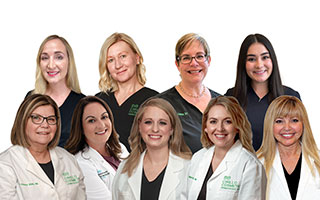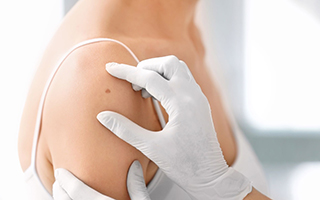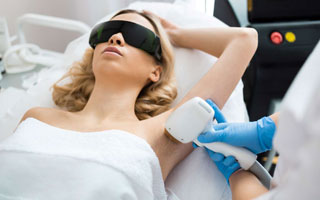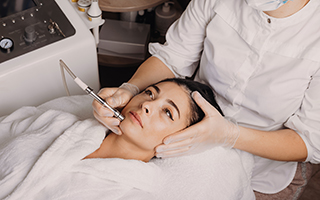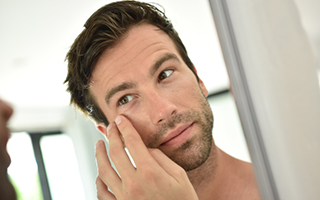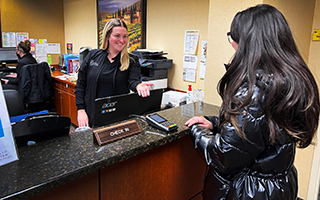Seborrheic Keratoses
Examine Growths That Look Like Cancer for Bryn Mawr, Newtown Square, Philadelphia, and the Main Line
- Home
- Medical Dermatology
- DERMATOLOGY CONDITIONS
- Seborrheic Keratoses
Seborrheic keratoses are skin growths that may look worrisome but are noncancerous, not contagious, and don’t cause any harm. However, since they can resemble skin cancer, patients who have seborrheic keratoses should see Bryn Mawr Skin & Cancer Institute dermatologists to have the growths examined and correctly diagnosed.
Bryn Mawr Skin & Cancer Institute provides treatments to remove seborrheic keratoses in our Bryn Mawr & Newtown Square offices. To schedule an appointment, Please BOOK ONLINE, call 610.525.5028, or Contact Us.
What Causes Seborrheic Keratoses?
The exact cause of seborrheic keratoses is unknown. Genetics and advancing age are associated with their formation. They appear when cells called keratinocytes grow in abnormally large numbers on the surface of the skin.
What Are the Signs and Symptoms of Seborrheic Keratoses?
Seborrheic keratoses are either flat or slightly raised bumps that may appear to be stuck or pasted on to the skin. They come in various colors, ranging from white, yellow, or light tan to brown and black. They are usually round or oval, less than an inch in diameter, have a waxy or wart-like appearance, and appear as either single spots or in clusters.
They either have a smooth or rough and bumpy surface and have distinct borders from the surrounding skin. Seborrheic keratoses are more likely to form on the face, shoulders, back, and chest, though they can develop on other areas of the body as well.
The only areas where seborrheic keratoses won’t form are the palms of the hands and soles of the feet. These growths can look very different on each patient, as they vary significantly in appearance. They are often mistaken for warts, moles, and skin tags. Some seborrheic keratoses can be itchy, but they usually don’t cause pain.
What Are the Risk Factors for Seborrheic Keratoses?
Seborrheic keratoses appear more frequently on adults over the age of 50. Having family members who have had seborrheic keratoses and frequent exposure to sunlight are other factors that may increase the risk for this condition.
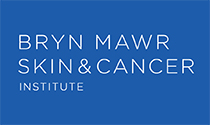
Meet Our Dermatologists &
Certified Physician Assistants
Our board-certified dermatologists & PA-Cs are dedicated to detecting and treating skin cancers. We treat the full spectrum of skin diseases. Our Mohs and Plastic Surgery practices are integrated, and offer patients the most advanced skin cancer treatment, delivering superior outcomes.
Treatment Options for Seborrheic Keratoses
Seborrheic keratoses are more of a cosmetic nuisance than a medical issue. However, their appearance can be unusual, and it is best not to ignore new growths on the skin, which could be cancer.
Patients who choose to have their seborrheic keratoses removed often experience itching or discomfort if they rub against clothing. Patients can have seborrheic keratoses treated with one of several methods, including cryosurgery, electrosurgery, curettage, and shave removal.
If you’re concerned about any new growths or changes to your skin’s appearance, schedule an appointment with a dermatologist, who can identify lesions based on their appearance or may perform a skin biopsy for further evaluation.
Find out which options are available to improve the appearance of skin growths such as seborrheic keratoses at Bryn Mawr Skin & Cancer Institute. To schedule an appointment near Bryn Mawr, Newtown Square, and Philadelphia, Please BOOK ONLINE, call 610.525.5028, or Contact Us.

-updt.png)
